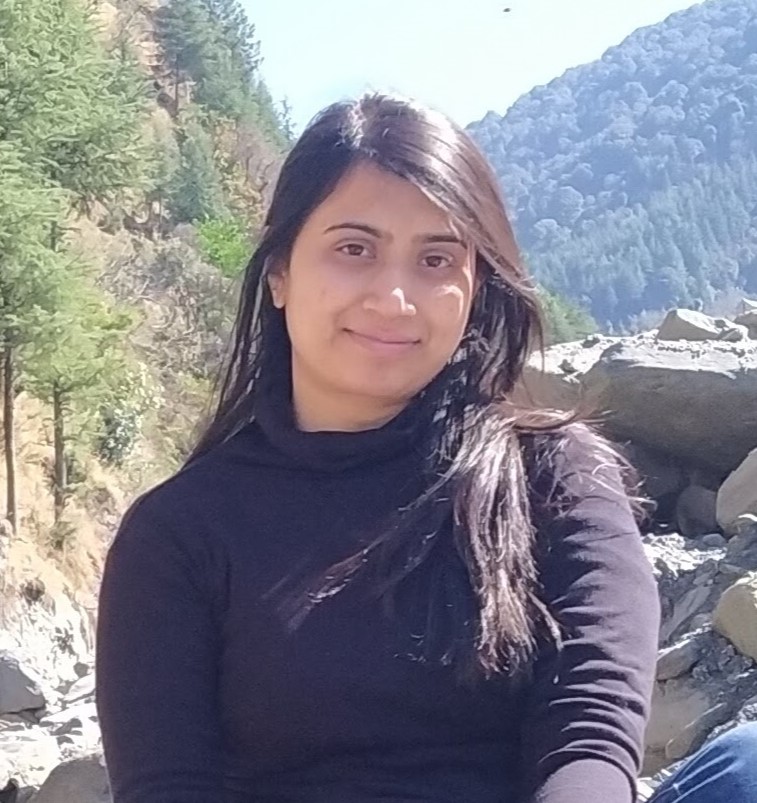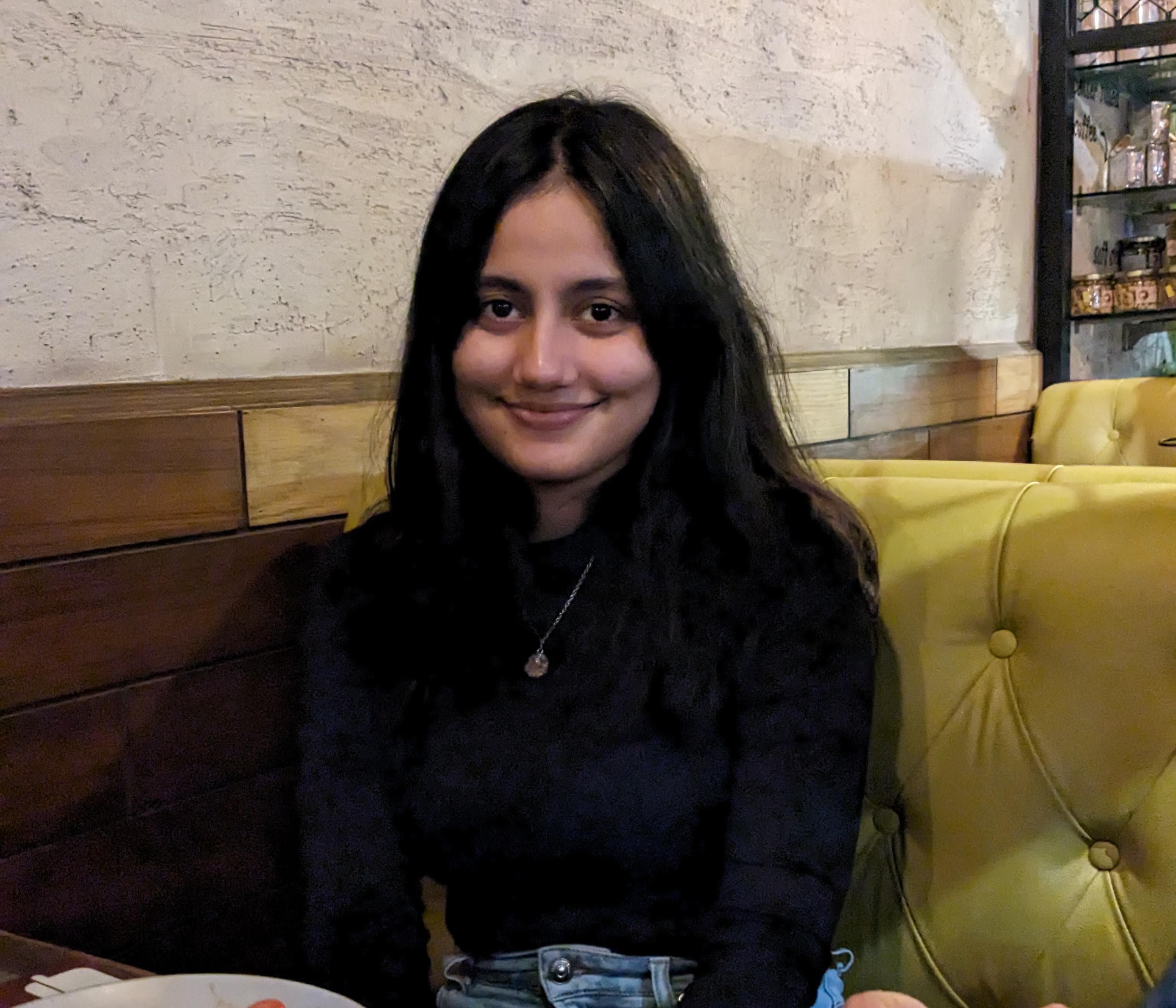Mahak Sharma
Associate Professor
Research
Mechanisms regulating intracellular transport : In real estate, the golden rule is “location, location, location." Indeed, the same analogy also applies to our cells, where the proper location of cellular macromolecules, such as proteins, is crucial for the functioning of the smallest unit of life. The primary focus of my research group is to understand how cellular cargo is transported to lysosomes. Lysosomes are hydrolase-containing subcellular compartments that receive cellular cargo, including, receptor-ligand complexes endocytosed at the plasma membrane, bacterial pathogens engulfed in phagosomes, or worn-out organelles trapped in autophagosomes. Lysosomes undergo fusion with late endosomes to form endolysosomes, where the cellular cargo is degraded and the building blocks, such as amino acids, are recycled from these compartments for new macromolecule synthesis. Lysosomes play a vital role in maintaining cellular homeostasis, as reflected by over 70 lysosomal storage disorders that result from impaired degradation of lysosomal substrates. Although lysosomes were primarily thought to be a degradative organelle, we now appreciate that lysosomes are also the site for amino acid sensing by a nutrient-sensitive kinase, mammalian target of rapamycin complex 1 (mTORC1). Furthermore, lysosomes near the plasma membrane secrete their contents to regulate diverse cellular processes, such as plasma membrane repair and cell migration. Our previous studies have identified the molecular players that mediate the fusion of lysosomes with vesicles to deliver the cargo. This molecular machinery involves small GTP binding proteins and their effectors such as multisubunit tethering factors. Small GTP-binding (G) proteins of the Ras superfamily i.e. Rabs, Arfs and Arls (Arf-like) localize to specific intracellular membranes and act as master regulators of vesicular transport to and from these membranes. As a general principle, the small G proteins, in their GTP-bound state, recruit downstream effector proteins, which mediate the different steps of vesicular transport. My research group is also studying how intracellular bacterial pathogens use the host cell transport system to proliferate and survive. For instance, our previous study has shown that Salmonella typhimurium, the causative agent of Salmonellosis, a frequent cause of food-related illness, uses the host cell's lysosomal proteins to promote its intracellular growth and survival. We are currently exploring the role of small GTP-binding protein Arl8b and its effectors in cargo sorting and transport to endolysosomes for degradation. We are also studying whether and how Arl8b mediates sorting of newly synthesized cargo proteins for lysosome biogenesis. Mutations in the endosomal and lysosomal pathway result in human genetic disorders including lysosomal storage diseases and other neurodevelopmental and neurodegenerative disorders. Our studies pave the way for mechanistic understanding of how this pathway operates to mediate efficient and accurate transport and delivery of cellular cargo.







